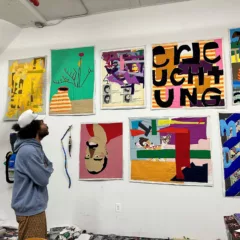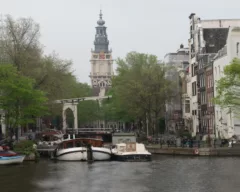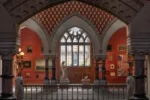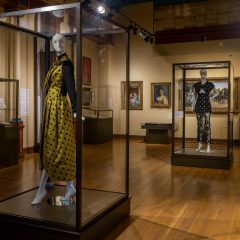While waiting for a bus in Ljubljana, I noticed information in a nearby storefront about an exhibition that had just closed, organized by the Museum of Transitory Art (MoTA). I had no idea whether MoTA was a legitimate art organization, or possibly an artist’s project. Later, on a visit to the Museum of Contemporary Art, Metalkova, I struck up a long conversation with Andrej Skufca, who was manning the book shop, during which I inquired about MoTA. It was indeed legitimate, he said, and one of the rare arts organizations that was not funded primarily by the state, but what we’d call a private nonprofit; the Europeans use the term Non-Governmental Organization (NGO). He showed me a publication so recent it was not in the bookshop’s computer system: T.R.I.B.E.: Exercises in Transitory Art (Museum of Transitory Art, Ljubljana: 2014, ISBN 978-961-281-478-6). The book contains essays stemming from residencies in member organizations of T.R.I.B.E. — Transitory Research (Residency) Initiative of the Balkans and Eastern Europe, a consortium of artist-in-residency spaces in Eastern Europe and the Balkans, of which MoTA is a member; other initial T.R.I.B.E. members were located in Prague, Istanbul and Nicosia. Most of the articles are case studies of residencies and interviews with the artists, each of whom produced work in response to the residency locale, some involving the community, which is decidedly different from most artist residencies I know.
MoTA’s focus and upcoming Baltimore project

The Museum of Transitory Art (MOTA) describes itself as “a multidisciplinary platform dedicated to advancing the research, production and presentation of transitory, experimental, and live art forms”. It has neither a permanent space nor a collection. It sponsors artists’ residencies, a broad variety of projects, festivals, performances, and symposia, and has started to produce publications.

One of MoTA’s projects will occur in Baltimore, Maryland on Oct. 4, at twilight: “NONUMENT 01: The McKeldin Fountain”. Nonuments is a research project that investigates spaces charged with symbolic value “in physical, mental and virtual landscapes”. Their Facebook page says that Nonuments investigates nonexistent monuments and monuments to the future. The location of the Baltimore event is zoned a free speech area by the city, and was the site of recent actions supporting “Occupy Baltimore” and the “Black Lives Matter” movement.
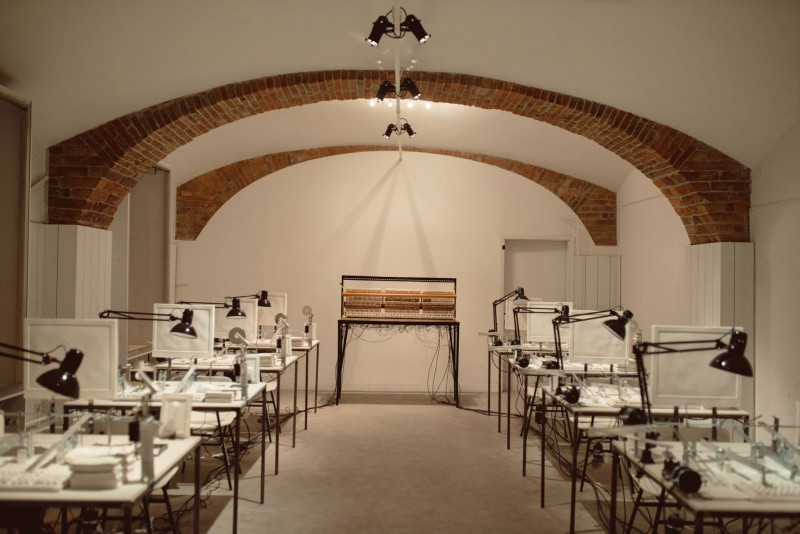
How do we define “museum”?
Other MoTA projects have included Martin Messier’s “Sewing Machine Orchestra” (2014, Croatia), Lenka Đorojević and Matej Stupic’s “Neur-O-Matic,” an installation of 12 digital workstations programmed to self-destruct (2014, Slovenia), and “Living Archive as the Feminist Academic Course” (2014, Slovenia), a four-day series of lectures, performances, and exhibitions involving collective practices and international participants.
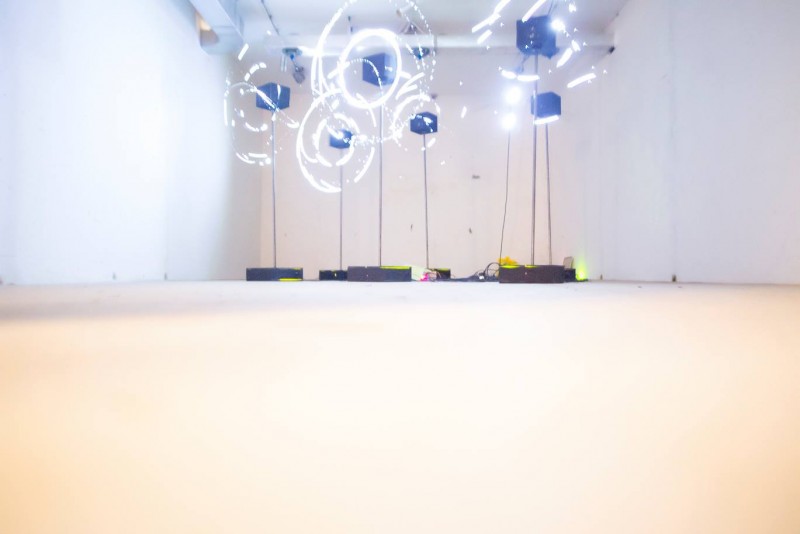
The American Alliance of Museums (AAM, formerly the American Association of Museums) defines museums as not-for-profit organizations, devoted to public education, which employ objects or living collections, such as zoos and botanical gardens, in their work. The previous definition specified museums as only those which collected objects or living collections, which couldn’t accommodate children’s museums, science centers, or non-collecting venues devoted to contemporary art. The definition is largely bureaucratic; federal agencies accept it for grant-making purposes. I’m wondering whether an organization such as MoTA would qualify. Organizations sponsoring temporary projects across a range of media exist in the U.S. and elsewhere; Creative Time in NYC, Artangel in London, and e-flux on the Web and elsewhere. The question of web-based collections of digital art could be considered museums has been raised. It’s in the nature of new art to test such boundaries. Are we ready to accept an organization with no physical presence as a museum?


